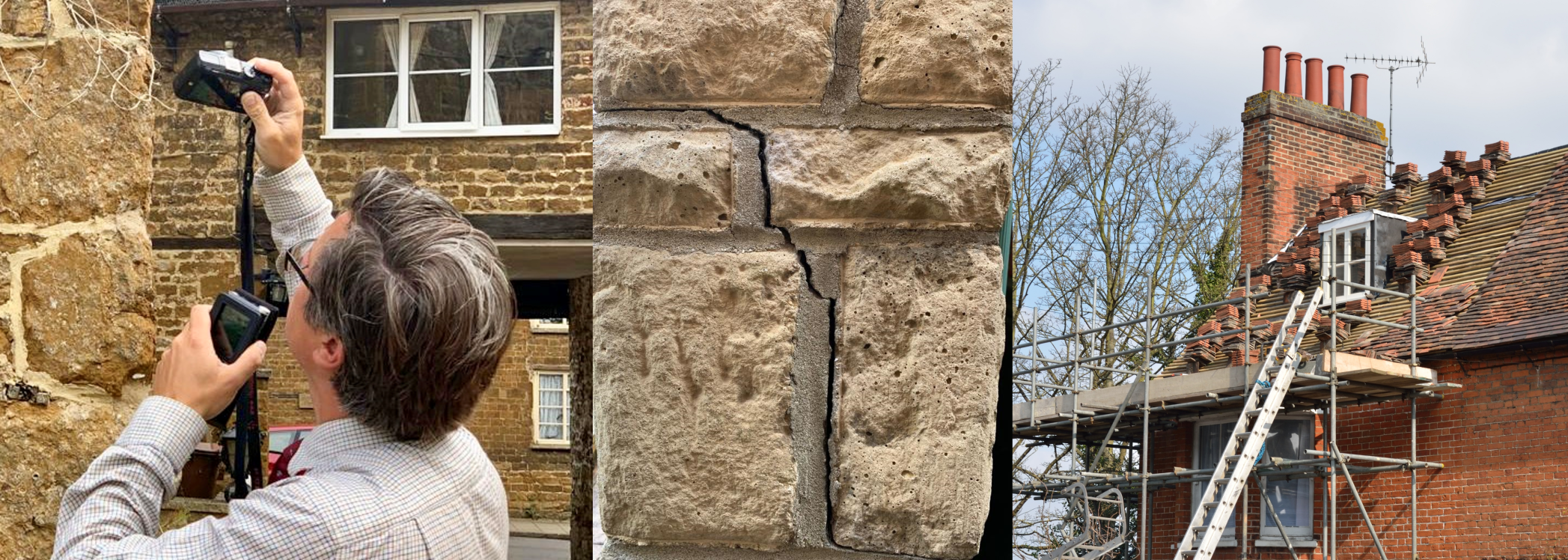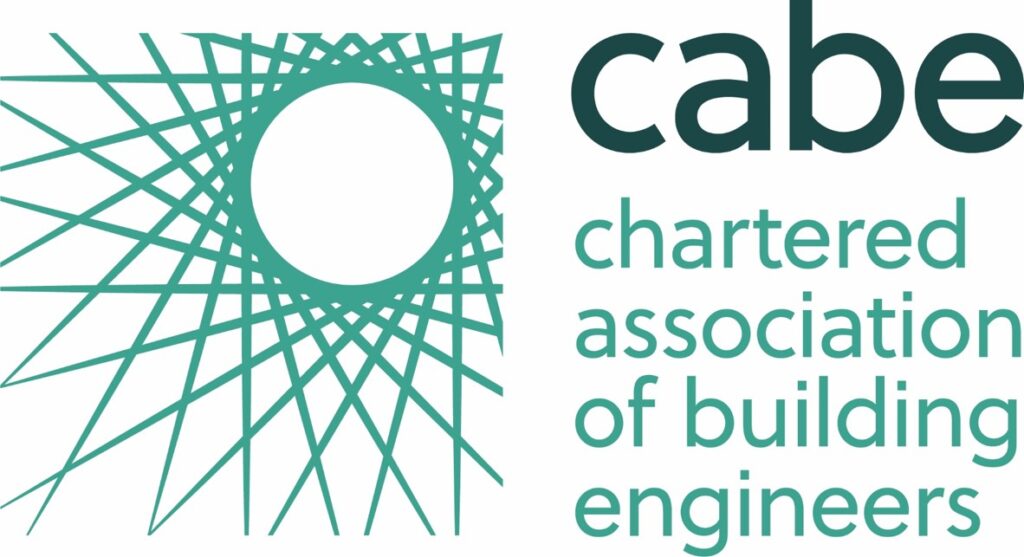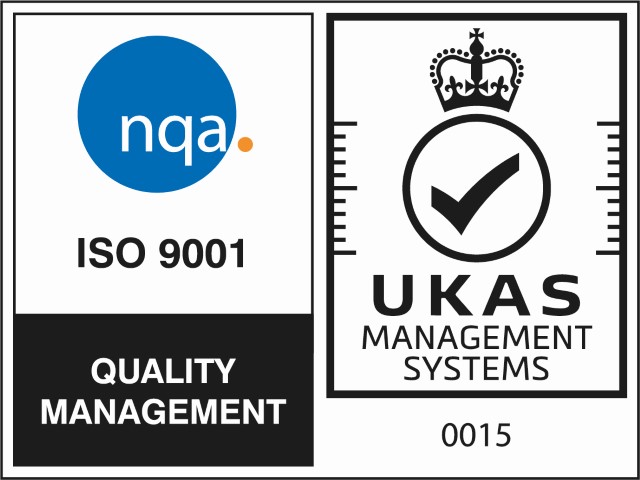What’s in a name? Over the past few years, the various types of surveys have been known by all sorts of names. Here, we review the latest RICS survey terms and explain what they mean.
It’s not always easy to decide what type of survey to have, and it’s even more difficult when different companies have different names for the same product
The most detailed type of home surveys are often called ‘full structural surveys’, ‘full building surveys’ and ‘level 3 surveys’. Now, with the introduction of a new guide to home surveying, the RICS (the surveying industry’s governing body) has settled on ‘RICS Home Survey – Level 3’.
Similarly, the slightly less comprehensive option – a homebuyer survey – has been renamed as ‘RICS Home Survey – Level 2′.
Whichever term you and your surveyor firm are using, it’s a good idea to make sure you are aware of what should be included in your survey report. The RICS Home Survey Standard sets out expectations for each type of survey, but at 38 pages long, you can be forgiven for not wanting to go through it all in detail! Fortunately, RICS have also produced shorter descriptions covering key aspects of the level 3 and level 2 home surveys.
What’s included in a Home Survey?
The RICS home survey guides describe each aspect of the Home Survey – Level 3 and Home Survey – Level 2. Here, we have summarised the key differences between the guides, to help you make a decision.
The service
Both survey types provide a visual inspection of the property and a report detailing the findings. The level 3 description also specifies that the inspection is ‘thorough’ and that the report is ‘detailed’, indicating the difference in how in-depth each type of survey is. In particular, the guidance emphasises the extra information on potential and hidden defects that is provided in a level 3 survey. It also highlights how a level 3 survey will include the probable causes of defects and the level of advice given to help you make decisions on the purchase, repairs and maintenance.
The inspection
In contrast to the level 2 home survey, the level 3 guide stipulates that the inspection is careful and thorough. Of course, a surveyor carrying out a level 2 survey will be careful too, but the expectation is that the inspection will be less far-reaching than it would be for a level 3 assessment. Unlike for a level 2 survey, for a level 3 survey the surveyor may lift up loose carpets and floorboards, and move furniture, to get a more thorough inspection.
Flats
The main difference here is that a level 3 survey will look at communal roof spaces, whereas a level 2 will only look at roof spaces owned by the flat being surveyed.
The report
A level 3 report aims to provide enough information to give you a detailed understanding of the property’s condition; this should allow you to make an informed decision on the purchase, on serious and urgent repairs, and on what maintenance is required. For instance, if the property needs urgent electrical services, they will let you know immediately so that repairs and maintenance can be carried out as soon as possible. A level 2 report, on the other hand, focusses on issues that the surveyor believes will affect the value of the property if they are not addressed. It will not, therefore, go into as much detail on less critical issues as a level 3 report would.
The valuation
Perhaps surprisingly, a level 2 report can include a market valuation and reinstatement costs as standard (known as a level 2 ‘with valuation’), whereas a level 3 report does not. Nevertheless, at Allcott Associates we are happy to provide these items free of charge with a level 3 report, if our clients would like them to be included.
If you still need help deciding which survey is right for you, visit our page on RICS Surveys, or take a look at our factsheet.











